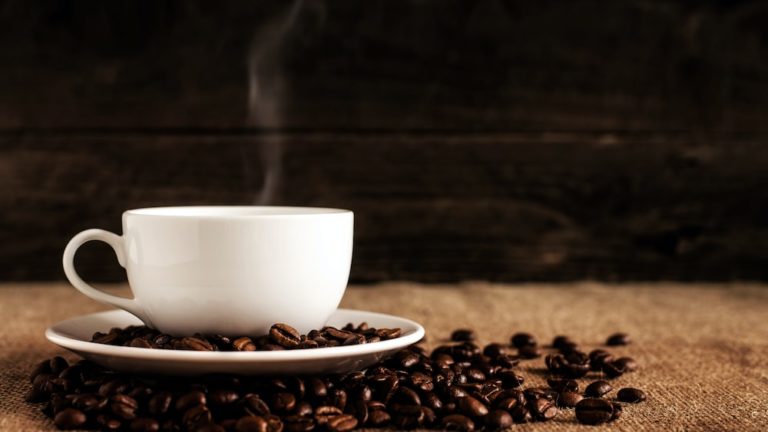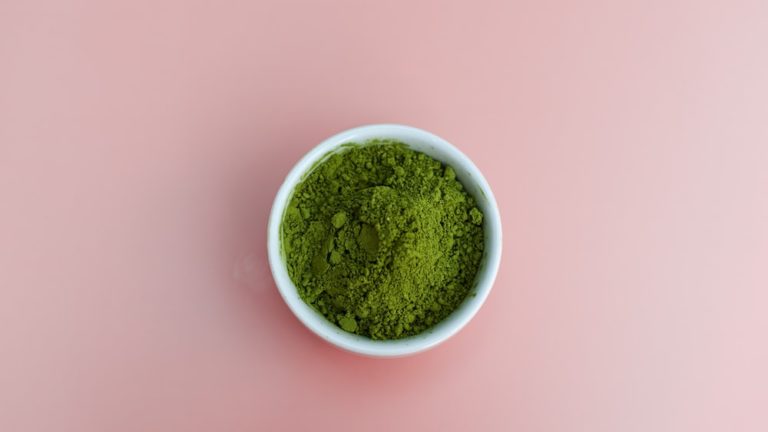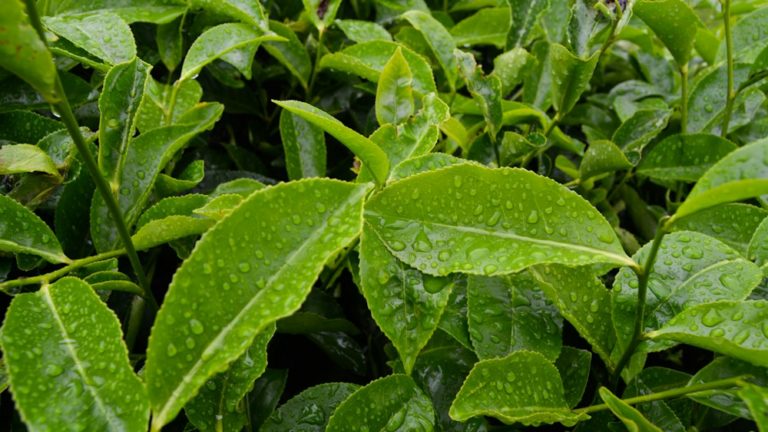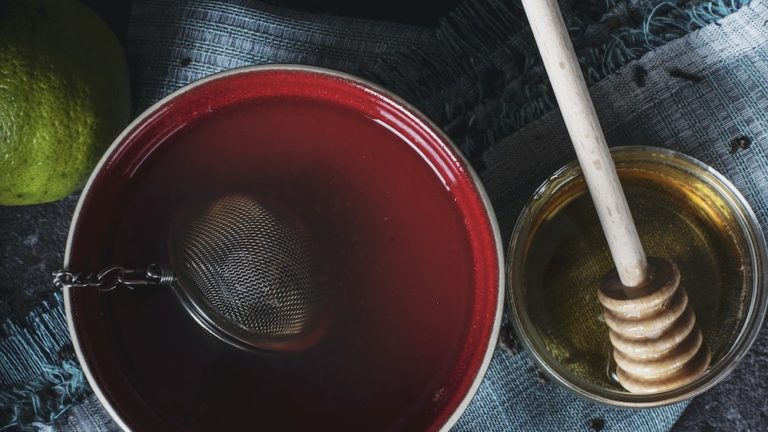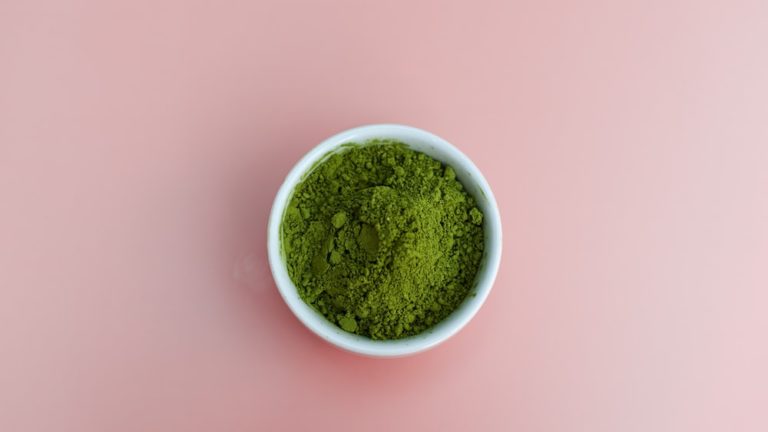Master The Art Of Tea Making: How To Make Tea Like A Pro
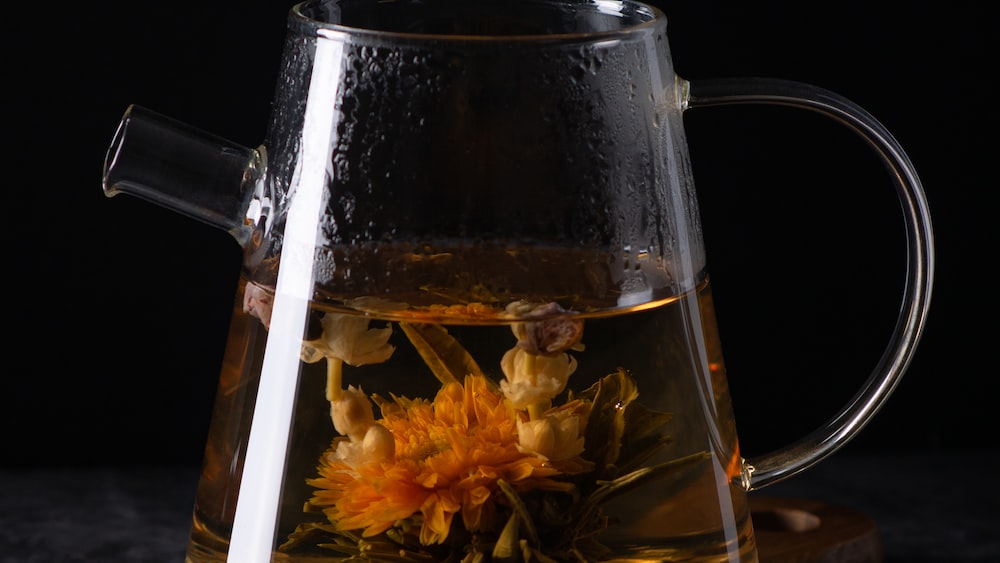
Master The Art Of Tea Making: How To Make Tea Like A Pro
Welcome to the tea lovers’ guide to mastering the art of tea making! Are you a tea enthusiast ready to dive headfirst into a cup of grey and whimsical brew, or a health-conscious individual ready to soak in the marvels of green goodness? Either way, you’re in for a treat!
There’s more to it than just dunking a tea bag into hot water, letting it float around aimlessly like a lost ship in an open ocean. If that’s your idea of making tea, fret not! We’re here to transform your tea making journey from mundane to magical.
How about a little sprinkle of humor while we’re at it? Let’s just say that by the end of this blog, making a cup of tea will go from being as daunting as a physics equation to a fun and enjoyable activity, like, well, sipping a perfectly made cup of tea!
Understanding the Basics of Tea
First things first, let’s dip our toes – or should I say, tea bags? – into the basics. What is this miraculous beverage that has captured the hearts of millions, and how is it classified?
What is Tea?
Tea, my curious friend, is a fascinating concoction drawn from the leaves of Camellia sinensis, a plant that seems to be touched by divine powers (at least for us tea-obsessives). This magical leaf, when steeped in hot water, permeates its essence, transforming into a comforting brew. This blend, depending on the type of leaf and process it went through, can vary from a calming mild infusion to a robust burst of flavor.
Imagine our humble tea as a chameleon, constantly changing its color and flavor based on a variety of factors. Sounds wild, right? Welcome to the world of tea!
Tea is a magical and versatile drink that can transform from a calming infusion to a burst of robust flavor, making it a fascinating and ever-changing beverage.
Different Types of Tea
Now, what do I mean by ‘type’? The types of tea, dear reader, depend on the way these leaves are processed and fermented. From the delicate subtlety of white tea to the complex savor of black tea, it’s truly a joyride for your taste buds.
You’ve got your White, Green, Oolong, Black, and Dark teas, each with its unique flavor and depth, not unlike the characters of a riveting novel. And then we have the herbal infusions, which aren’t really teas per se, but hey, they’re invited to the party too!
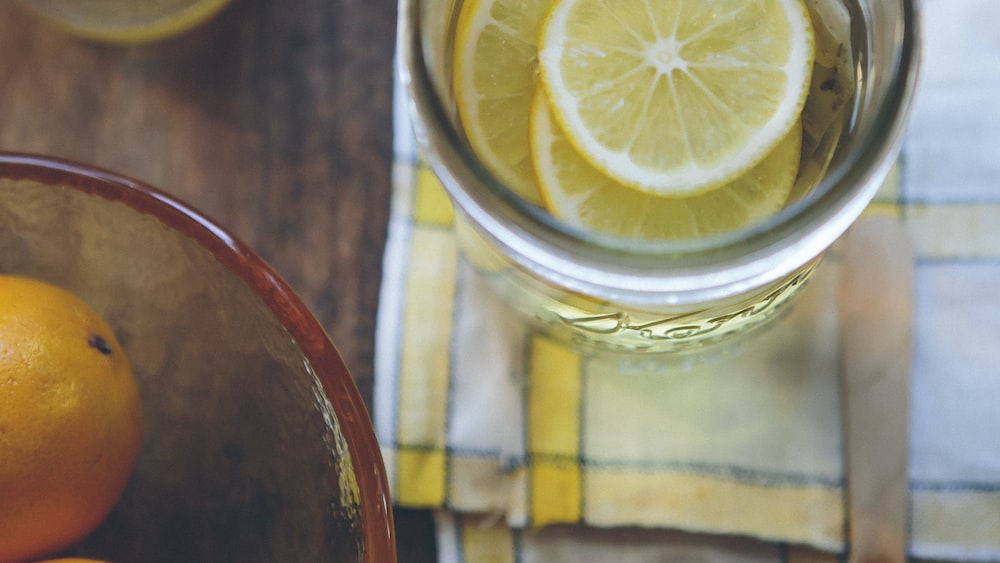
Necessary Ingredients and Tools for Making Tea
Tea making goes beyond the bag-and-cup routine. To get the best out of your leaves, there are a few essential ingredients and tools that you should be acquainted with.
Essential Ingredients for Tea
Ah, ingredients! Now we’re brewing! When it comes to tea, quality takes the front seat. Ensure that your tea, whether it be a bag or leaf, is of good quality. A cup of subpar tea is a tragedy, one we hope you never have to endure.
Depending on your tea type, you might also want to consider getting a sweetener. ‘But which sweetener?’, I hear you ask. Well, from good old-fashioned sugar and honey to the more health-conscious stevia, it’s all open to experimentation. But remember, balance is key. Don’t let your sweetener hijack the tea party.
Oh, and let’s not forget the backbone of all tea, water. Slight changes in the quality of your water can dramatically affect your tea’s taste. So, choose wisely.
Tools Required for Tea Making
Just like a painter needs his brush, a tea lover needs his tools. Teapots, strainers, kettles, cups, and thermometers – these aren’t mere utensils but the protagonists of our tea-making narrative.
Take your pick from glass, porcelain, or cast-iron teapots. Might feel like you’ve stepped onto a Harry Potter set, don’t you think? And yes, trust me, they do influence the flavor of your tea. Strainers? We need them to keep those rebellious leaves at bay.
To brew or not to brew, that’s the question our thermometer answers. A tea-maker without his thermometer is like a king without his crown.
The Art of Making Hot Tea
Are you ready to dive into the scalding hot cauldron of versatile brews? Let’s kick start this journey of tea-making with the most basic form of tea, the quintessential hot tea.
How to Make Tea Using a Tea Bag
You might think making a cup of tea with a tea bag is no more mysterious than reading a kindergarten spelling book. But oh boy, how our assumptions can lead us astray!
The approach to making a cup of tea with a tea bag involves a small, but vital set of kitchen tips. First off, never ‘stew’ your tea. You don’t want it looking as wretched as a witch’s poisonous brew. Instead, respect the recommended steeping time detailed on your tea box. Remember, a watched pot never boils, but an unguarded tea bag spells disaster.
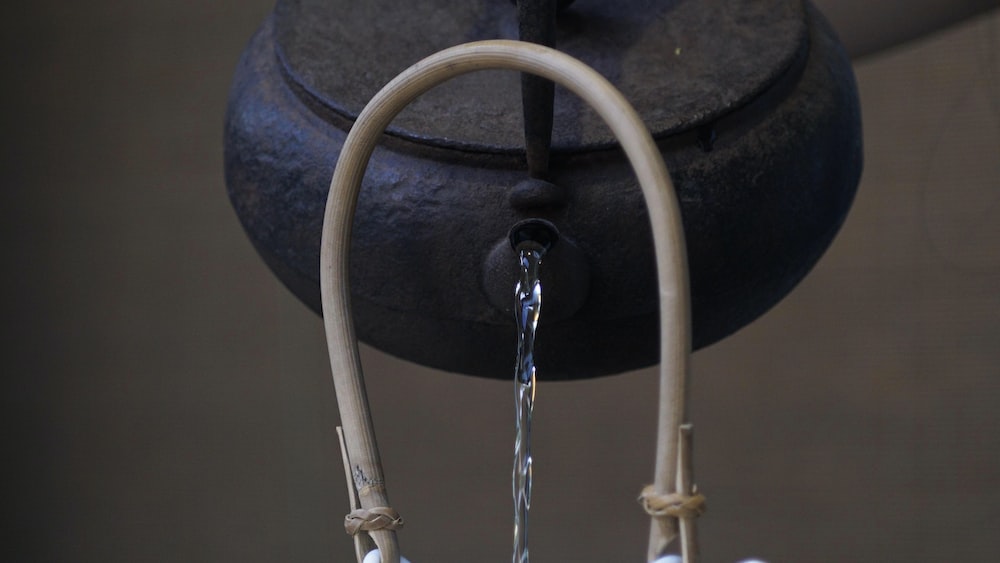
The temperature of your water is up next, demanding your undivided attention. Steep black or herbals at full boil, but for the likes of green or white tea, you better make sure that water is a tad cooler. Not all tea types enjoy a hot bath, so keep this in mind!
How to Make Loose-Leaf Tea
Dive in, tea enthusiasts, as we try to deconstruct the art of loose-leaf tea making. Now, I can already see the curling smiles, the glitter in the eyes, and a mental nod of approval.
Here’s the deal, making loose-leaf tea isn’t like solving a rubik’s cube blindfolded while riding a unicycle on a tightrope. It’s easier, I promise. In fact, it’s probably as easy as making a paper airplane, if not easier. Ready to unfurl the mystery? Hang on, because here we go.
Here’s the drill: First, you’ll need to get some water boiling. Simple enough, right? For every cup of water, you’ll want to use about a teaspoon (or two, if you’re a true tea fan who loves a bold drink) of loose-leaf tea. The exact amount can depend on the type of tea and personal preference, so feel free to experiment a little! Remember to strain the tea leaves out before drinking unless you enjoy the surprise crunch of a tea leaf now and then (No judgment, really!)
The Art of Making Iced Tea
I can see the question hanging in the air already – “Isn’t iced tea just regular tea but, you know… icy?” Well, not quite. Making a good iced tea involves a little more finesse. It’s all about balancing the flavors, getting that just right hit of sweetness, and keeping it refreshing without diluting the core tea essence.
Iced Tea for a Crowd
A warm sunny afternoon, some friendly conversation, and a jug full of homemade iced tea. Sounds heavenly, doesn’t it? Fear not! Making iced tea for a crowd isn’t as daunting as one might think.
First and foremost, concentrate on brewing a strong pot or two of tea. That means more tea leaves, not more steeping time! A common mistake is to let the tea steep for too long in an attempt to make it stronger, but this can result in a bitter, tannic drink that might make your guests question your hostess skills!
Brewing a strong pot of tea for iced tea is all about using more tea leaves, not steeping it for a longer time, to avoid a bitter taste.
Iced Tea for One
Who says you need a horde to enjoy a good iced tea? If you’re on your own, the process is still the same, but with more room for personalization and experimentation. Like it sweet? Add an extra spoonful of sugar or maybe a dash of honey. Who’s to stop you? Matter of fact, you can even swap that jug for a tall elegant glass, add a nice straw and sip away at your delightfully cool, refreshing drink without a care in the world.
Now remember, the last thing we want to do is water down our beautiful beverage. Instead of using ice cubes made from water, make them out of tea! This way, even as they melt to keep your drink cool, they won’t dilute the flavor one bit. Now, isn’t that the finest show of attention to detail?
The Art of Making Cold Brew Tea
Welcome to the artsy side of tea! Cold brewing, compared to its hot counterpart, takes much longer to extract flavors from the tea leaves. But unlike hot brewing, cold brewing doesn’t extract any bitter flavors. The result – a smoother, full-bodied, and less caffeinated brew.
Special Tea Recipes
Whether you’re a seasoned tea veteran or a burgeoning newbie, there’s always a fantastic new tea recipe waiting in the wings. So, let’s dive into some special tea recipes that will make teatime your favorite time of the day!
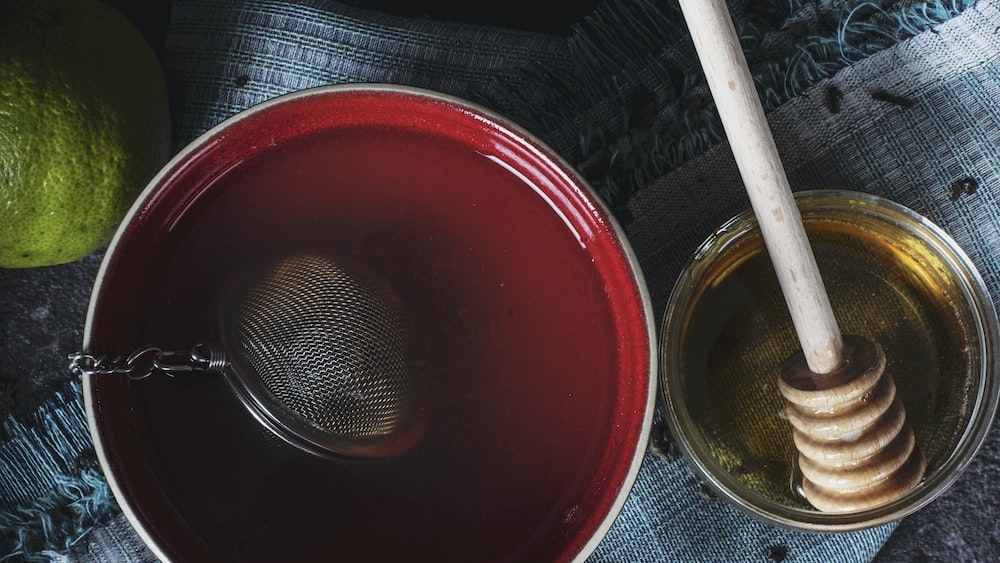
Masala Chai
If you’re looking to inject some spice into your tea-drinking, masala chai will do just that. Our journey starts with boiling water (preferably filtered, because yes, the quality of water does affect the taste of the tea). As the water heats up, add loose-leaf tea, sugar, and our star – a homemade spice mix. Brew until your kitchen smells like a paradise of spices. Add milk to taste, simmer for a bit, strain, and serve hot.
Ginger Tea
Promising a strong, spicy kick, ginger tea is a perfect pick for the cold season or when you need an immune booster.
First, grab a ginger root and peel it. Cut into small, thin slices and crush them a little to release the flavors. Bring these ginger pieces and water to a boil. Add loose-leaf tea, sugar as needed, and let it simmer for about 10-15 minutes. Strain, and take a moment to relish the inviting warm aroma before you sip on your hot ginger tea. The kick of ginger, sweetness of sugar, and the flavors of the tea merging in every mouthful will be worth every extra effort. Trust me on this.
How to Make Matcha (Japanese Green Tea)
Hey there, tea enthusiasts! Ever wondered how the Japanese make their iconic Matcha tea? Let’s break it down. Matcha is a special kind of powdered green tea, often considered the ‘green gold’ of Japanese tea ceremonies. Making it is an art akin to performing a tiffy ballet routine!
First, get high-quality Matcha powder. It’s critical – like choosing between a clean pirouette and a clumsy tumble! Next, warm up your tea bowl – the ‘chawan’. This step is not a fussy ritual; it’s essential to prevent a sudden temperature drop when you add your tea. To my dear miffy tea drinkers, the chawan is your canvas; treat it with respect!
Then, add 2 grams or about a half teaspoon of Matcha powder to the bowl. Pour in about 70 ml of just below boiling water. Now, whisk vigorously in a zigzag motion until the tea is frothy. It’s an arm workout I tell you, but the frothier, the better! Now sip and savor the calm.
Iced Tea Recipe
The scorching sun may make you sweaty and randy, but remember, my dear tea lovers, we have the power of the Iced Tea! Pouring a tall glass of homemade iced tea is like diving into a sparkly pool on a sizzling day. So, what’s an easy recipe you can whip up?
Brew 4-6 tea bags in 4 cups of boiling water for about 5 minutes. Discard the tea bags and let it cool. Add 1 cup of sugar or to taste. Stir until sugar has dissolved completely. Top it off with 6 cups of cold water, a squeeze of fresh lemon, and some mint for a refreshing zing. Pour into tall glasses packed with ice, sit back, and take a sip of summer!
FAQs
1. What is the ideal steeping time for tea?
To outline the ideal steeping time for tea, it’s essential to understand that this can differ. Like the issue of adding milk first or last in your tea, tea drinkers often camp in different corners. But as a general guideline, black teas are typically steeped for 3-5 minutes, green or white teas for 2-3 minutes, and herbal varieties for 5-7 minutes. Always remember, the best brew is one that pleases your palate.
2. How does the quality of water affect the taste of tea?
The quality of water used does affect the taste of tea, no ifs or buts about it. Water is, after all, tea’s primary ingredient. Hard water or tap water with high mineral content can create a flat or overly bitter taste. On the other hand, using fresh, filtered water can accentuate the nuances in your tea, resulting in a more flavorful brew.
3. What is the difference between loose leaf tea and tea bags?
The difference between loose leaf teas and tea bags has been the catalyst for many a teatime debate. Loose leaf teas tend to be larger, retaining their oils and aroma, and allowing for more depth of flavor. Tea bags, however, are often filled with smaller tea leaves, sometimes even tea dust, which may result in a less nuanced flavor profile.
4. How can I make my tea taste better?
If you’re wondering how to make your tea taste better, there’s a world of answers! Simple ways are experimenting with brewing times, temperatures, and using high-quality loose leaf tea. Or consider incorporating additives such as lemon, honey, or a dash of milk. Whether you’re a tiffy seeking the perfect cup or a miffy exploring options, it’s all about the stimulation of the senses and personal preference.
Conclusion
Brewing a perfect cup of tea might seem as difficult as resolving the issue of whether the chicken came first or the egg. But fellow tea drinkers remember, we’re exploring an art form, not rocket science! So whether you camp in team Matcha or the iced tea brigade, there’s a joy to making a drink that not only satiates your taste buds but also soothes your soul.
So, sit back, cradle that warm cup, or chug down that frosty glass, and relish in the fact that you’re now one step closer to decoding the delightful universe of tea.
And remember, as long as there is tea, life is good. Stay brew-tiful, Zoe

